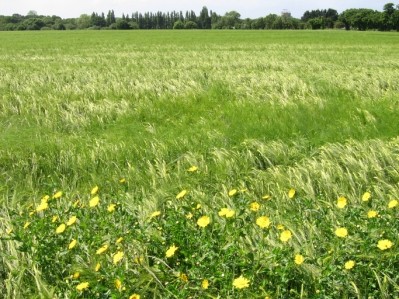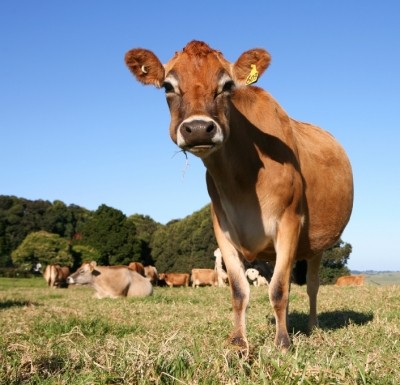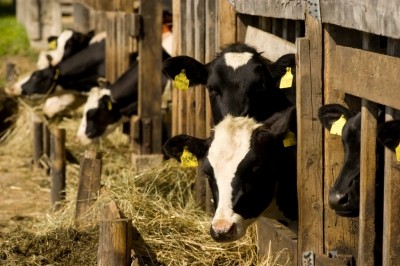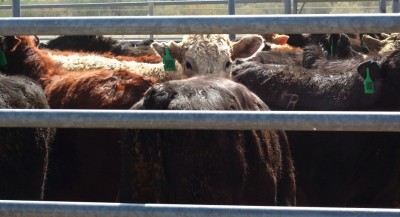A DCD feed supplement may limit nitrogen loss from cattle pastures
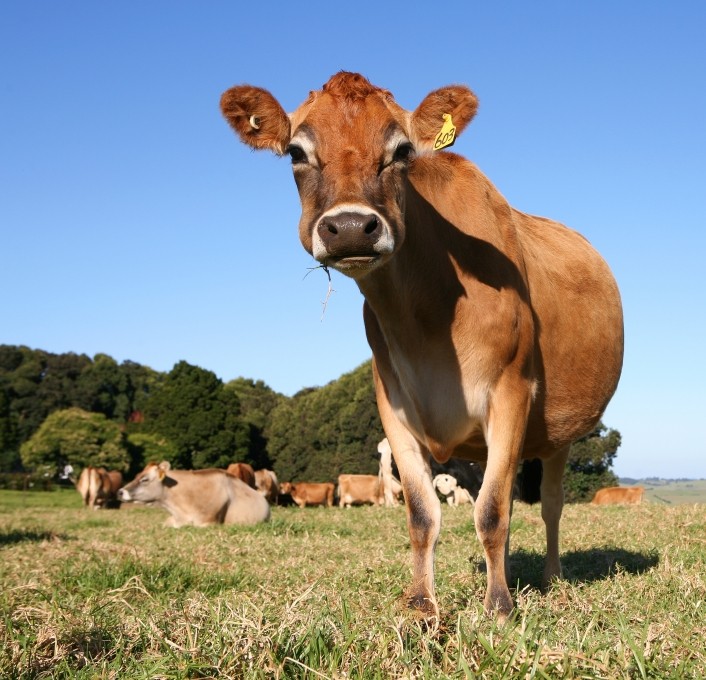
Both lactating and non-lactating dairy cattle were given amounts of DCD in their diets as a way to potentially limit the reduction of nitrogen (N) in grazed pasture, said members of a New Zealand-based research team. They presented their findings in the journal of Agriculture, Ecosystems and Environment.
“This study highlights that oral administration of an aqueous DCD solution to lactating dairy cows is predominantly eliminated in urine with relatively low amounts voided in milk,” they said. “Furthermore, provision of fine-crystalline DCD powder in supplementary feed is also a viable delivery method for excretion in urine to potentially reduce environmental N losses from grazed pasture systems.”
Limiting N loss
Nitrogen loss from crop land, including cattle pasture, contributes to the release of greenhouse gas globally and can damage water quality, said scientists.
In grazed pasture, urine can account for high rates of nitrogen being lost, they said. “The surplus urinary-N that is not utilized by plants or immobilized in soil is susceptible to N loss processes through nitrate leaching and gaseous N emissions (primarily nitrogen gas, nitrous oxide and ammonia gas,” they added.
Current research has looked at several different practices to mitigate the loss of nitrogen from grazed fields, they said, these include specific grazing practices, breeding for nitrogen efficiency, using low-N supplements and the use of DCD as a soil nitrification inhibitor.
“The conventional method of DCD application is to surface broadcast over the entire grazed area within 7 days of grazing during the main period of N loss,” they said. “For example, broadcast application of DCD to urine- affected pastures has been shown to reduce nitrous oxide emissions and nitrate leaching losses by about 60% across a range of soil types and climatic regimes.”
However, that method doesn’t target areas of high urine concentration, said researchers.
Although some experimentation has been done with providing DCD to sheep or cattle, adding the product as a supplement to dairy cattle feed has not been studied, they said. “The advantage of this delivery method is that supplementary feed is typically provided to grazing animals during the main period of N loss in year-round grazing systems,” they added.
Additionally, questions remain regarding how effective it would be, and if the product would be expelled in milk if fed to lactating dairy cattle, they said.
“The objectives of this study were to (1) examine the fate of DCD administered to lactating dairy cows including the level voided in milk and, (2) to determine the efficacy of delivering fine-crystalline DCD powder via a supplementary feed source (pasture silage) as a practical method to deliver inhibitors to grazing animals,” they said.
Experiment details
In the experiment, two different delivery methods for DCD were tested, said researchers.
A group of eight lactating cattle with similar milk yields were given water containing DCD at two different levels, 3g or 30g per cow per day along with cut ryegrass, they said. The treatment lasted for five days with a seven day post treatment period.
“The low-DCD dose was based on the conventional field application rate of 10 kg DCD ha−1 and average dairy cow excretion data,” they said. “The high-DCD dose was calculated to achieve 10 times the per-hectare field rate.”
Milk yields were weighed and sampled twice daily, they said. The amount of urine produced was established, weighed and sampled and manure was weighed and sampled.
In the second experiment, five non-lactating dairy cows were given a diet consisting of pasture silage and crystalline DCD power supplement at 30g per cow per day for 10 days, said researchers. Urine and manure were weighed and sampled, and on the final day individual urination events were tested.
The goal was to determine the levels of DCD in both the urine and feces, they said, and to see how much of the urinary N was mitigated with the treatments.
Soil tests were used to determine the amount of nitrification inhibited by the treatments, they added.
Results
Most of the DCD giving to lactating cows was expressed in the urine, 61%, and manure, 19%, and about 1.2% was found in the milk, said scientists. Feed and water intake was not significantly altered by the treatments.
“Higher concentrations of DCD in urine were measured in the high-DCD treatment compared to cows in the low-DCD treatment from days 2 to 5 of the treatment period,” they said. “However, there was no significant effect of treatment on the proportional recovery of DCD in urine, which averaged 60.9% (SEM 2.3) of that administered across treatments.”
In the second experiment, the supplement was predominately seen in the urine, 82%, although 10% showed up in the manure, said scientists. But, use of the feed additive “markedly inhibited” the nitrification of urine based nitrogen in the soil.
The test was the first example to demonstrate that DCD can be effective when delivered as a dry supplement in cattle feed, they added.
“Ammonium-N concentrations in soil declined rapidly after urine application in the urine-control (nil-DCD) treatment to <25 mg kg−1 after 15 days,” said researchers. “This was paralleled with a marked increase in nitrate-N concentrations over the first 15 days and thereafter gradually increased for the remainder of the incubation period (104 days). Conversely, the urine-amended soil from DCD-treated cows maintained higher concentrations of ammonium-N relative to the urine-control treatment over the first 56 days.”
More testing is needed to determine the optimal withholding periods to prevent DCD residue in milk and related food products, they said.
“This study highlights the potential for delivering DCD in supplementary feed as a targeted N mitigation strategy in grazed pasture systems,” they added.
Source: Agriculture, Ecosystems and Environment
Title: Effects of oral administration of dicyandiamide to lactating dairy cows on residues in milk and the efficacy of delivery via a supplementary feed source
DOI: published online before print: doi:10.1016/j.agee.2015.10.013
Authors: B.G. Welten, S.F. Ledgard, S.F. Balvert, M.J. Kear, M.M. Dexter
